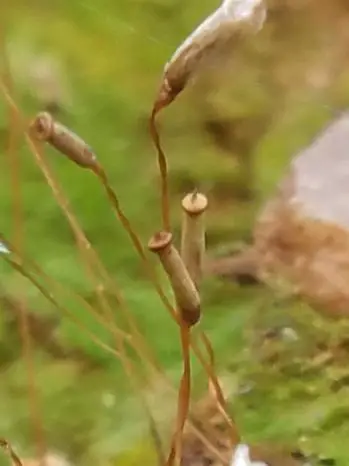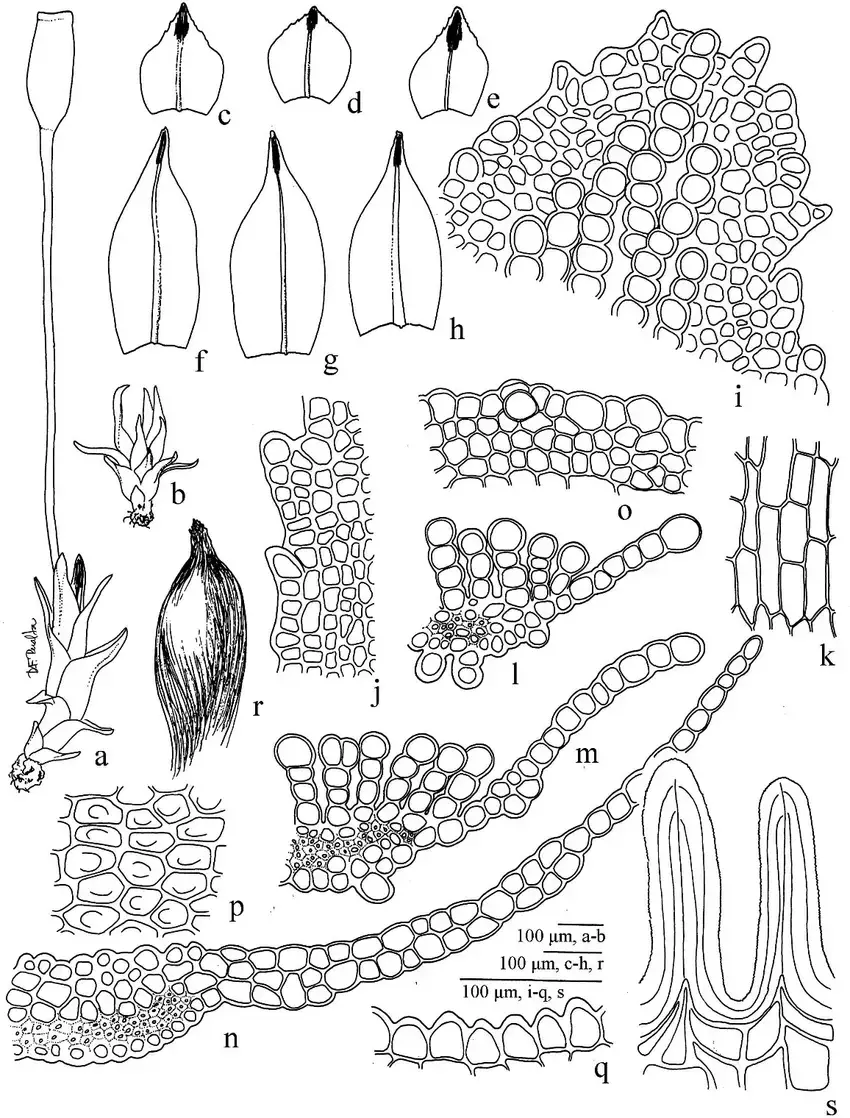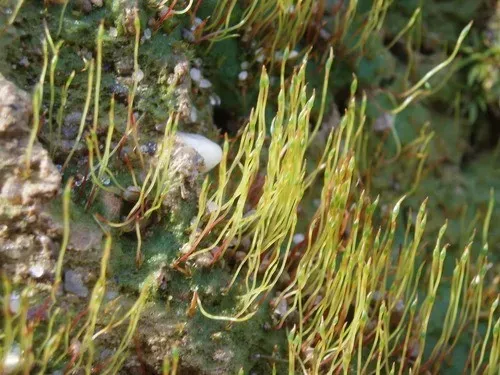
charlie_davis_inat_1609642271-5ff1516a98c06.jpg from: https://www.marylandbiodiversity.com/view/10934
Exploring the Fascinating World of Pogonatum pensilvanicum Moss
Introduction

Pogonatum-pensilvanicum-a-Female-gametophyte-b-Male-gametophyte-c-e-Leaves-f-h.png from: https://www.researchgate.net/figure/Pogonatum-pensilvanicum-a-Female-gametophyte-b-Male-gametophyte-c-e-Leaves-f-h_fig8_232670414
Mosses are some of the most ancient and resilient plants on Earth, having evolved over 400 million years ago. One particularly interesting species is Pogonatum pensilvanicum, a moss in the Polytrichaceae family. In this blog post, we’ll take a closer look at this fascinating bryophyte, from its unique morphology to its ecological roles.
Background on Mosses
Mosses are non-vascular plants in the division Bryophyta

1F738B39801C4595B027E60BD76CA5C9.jpeg from: https://www.picturethisai.com/de/wiki/Pogonatum_pensilvanicum.html
. Unlike other land plants, they lack true roots, stems, and leaves. Instead, they have rhizoids that anchor them and absorb water and nutrients. Mosses reproduce via spores rather than seeds and flowers.
There are over 12,000 species of moss found all over the world, from the Arctic to the tropics. They play important roles in many ecosystems.
Morphology and Identification
Pogonatum pensilvanicum is an acrocarpous moss, meaning it grows upright in tufts. Its stems are usually 1-4 cm tall. The leaves are lanceolate (spear-shaped) and have serrated margins.
One identifying feature is the hairy calyptra (cap) that covers the capsule as it develops. The seta (stalk) is 1-3 cm long and the capsule is cylindrical. Spores are released from the capsule to reproduce.
Global Distribution and Habitat
This species is native to eastern North America, found in the United States and Canada. Its range extends from Nova Scotia west to Minnesota and south to Georgia and Alabama.
P. pensilvanicum typically grows on acidic soils in forests, especially near streams or on shaded banks and slopes. It is often found on sandy or clay soils.
Ecological Roles and Adaptations
Like other mosses, Pogonatum plays several key roles in its forest ecosystems:
- Helps retain moisture in the soil
- Provides habitat for micro-organisms
- Pioneers disturbed sites and prevents erosion
- Indicator of air and water quality
Mosses have evolved many adaptations to survive in challenging environments. For example, their leaves can absorb water and nutrients directly. They can also dry out completely and rehydrate when conditions improve.
Conclusion
Pogonatum pensilvanicum is a prime example of how even tiny, ancient plants like mosses can be endlessly fascinating to study. From its furry caps to its important ecological niches, this humble moss proves that size isn’t everything in the natural world.
The next time you’re walking through an eastern forest, take a moment to appreciate the miniature world of mosses at your feet. What other secrets might these small but mighty plants hold?